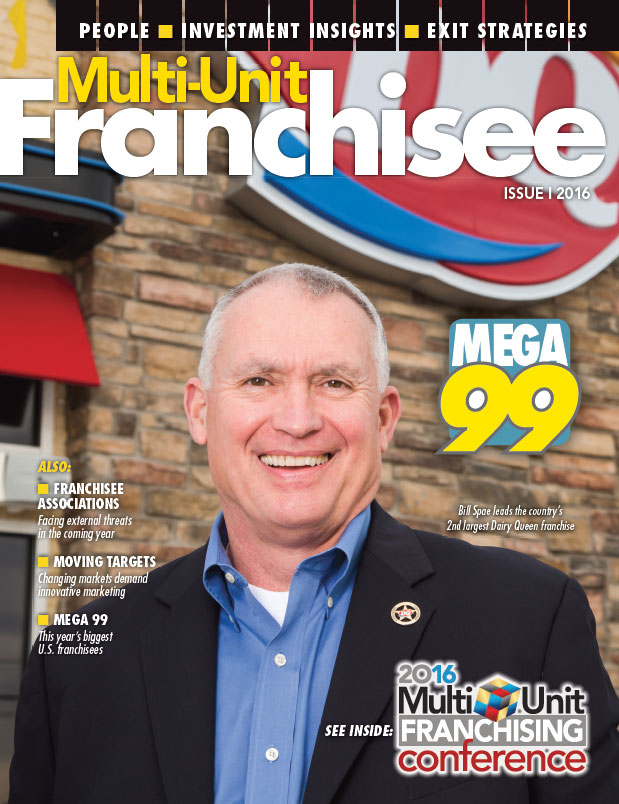Maintain Equanimity: Learning to Prosper from Market Volatility

As we saw in graphic detail this past August-October, interim market swings in both directions can be violent. Major markets around the globe experienced their first correction in more than half a decade, only to make it all back up and then some within a couple of weeks. Assets hit the hardest on the way down (e.g., emerging market equities and tech stocks) were among the largest gainers on the way back up. Such whipsaws once were commonplace, though markets in recent years had not seen that level of volatility and had become frustratingly complacent. For those with a sound plan in place, interim market volatility can represent potential versus overt risk, as it allows the nimble to initiate or add to high-quality assets that become unduly stressed amid near-term panic. A few core strategies can help keep one's perspective in view.
- Plan and prepare. We are admonished in so many areas in life to commit our goals to paper, yet few of us actually do. With investing, however, this step is vital. Invest time to think through what you expect your investment funds to do for you. Be specific. For example: I need Pot A to fund my retirement in 2035; Pot B for the grandchildren's college; Pot C for a rainy day and to fund the down payment on a second home next spring; and Pot D to hold the leftover "legacy" money. Investment in Pot A can take a longer view and withstand more day-to-day volatility with the goal of long-term growth. Money that may be needed in the near term, such as that in Pot C, should be held in extremely stable and liquid cash or cash equivalents. Be as specific as you can about your needs and intentions. Quantify the time frames and amounts needed. Consider separate account buckets to help you mentally account for the differing goals and needs each represents.
- Have realistic expectations. Margin (either on brokerage accounts or unspent HELOCs) isn't the same thing as cash and shouldn't show up on the "asset" side of your mental balance sheet. Just think back to the recent financial crisis and the pain felt by so many over-leveraged, suddenly underwater homeowners. Leverage seems nice on the upside, as it can magnify returns, but it works the same way going down--and we've already established that the downside is a lot more painful than the upside is fun. Also, be sure your expectations for asset class returns are realistic. For example, to expect fixed income returns over the next five years to be as healthy as they have been over the past five isn't realistic, given that a preponderance of global fixed income instruments are already trading with negative yields--even as central bankers in the U.S. begin to raise rates. It's a mathematical given that when rates rise, bond prices will decline.
- Diversify. Despite Wall Street's relentless search for the ultimate "black box" to reliably predict market outcomes, market pundits remain as unable to accurately predict as ever. The best antidote for this inability to see reliably into the future is to populate one's portfolio with assets that will do well in a variety of potential outcomes. For example, if you believe inflation will increase, by all means put assets in your portfolio that should do well in such an environment. But on the outside chance you are wrong, consider owning some investments that would do well in low inflationary or even deflationary environments.
- Focus on what you can control. The popular financial media--with its 24/7/365 pipeline to fill--breathlessly implies that there is some rational explanation for every market or asset price movement. Quite frequently, however, other explanations like "light trading volume on a pre-holiday/vacation day" can move prices--irrespective of underlying fundamentals, creating a great deal of interim noise. Paying attention to the daily din can easily lead to "short-termism" and reactionary impulses, given our innate (prehistoric) wiring aimed at insuring our survival. This is where having your goals and plans written down, so you can refer to them when things get hairy, is so helpful.
Further, actively seek readings and conversations with those whose opinions run counter to yours. Stay open-minded in asking "What if they're right? Where are the grains of truth in their arguments?" Well-rounded portfolios and well-rounded income streams can help smooth the ride. Further, it's important to remember that economic fundamentals and market movements don't have to "match." In fact, the stock market is a component of the leading economic indicator series, meaning it is often out of sync with economic reality. Stock markets often start to rally not when things look rosy, but when they are "less bad." A frequent conversation among technical analysts, for example, notes that when a market stops going down and stabilizes or rises even as bad news continues to flow--it's probably worth a look. Indeed, most great long-term investment calls start from a place of mild to acute discomfort--not a place of comfort.
Further, teach yourself to focus on what you can control. Things like fees paid, tax sensitivity of your managers and investments, matching income streams or specific assets (e.g., a maturing bond to pay a tax obligation) can help you take what can seem like violent swings in stride. Then too, training yourself to focus on "what could go right" versus the constant din of what's wrong in the world is an interesting vantage point from which to start your portfolio construction. For example, while energy company stock prices have been devastated by the downturn in oil, gas, and coal prices, and fundamental stresses among over-leveraged smaller players are mounting, there are many places (including consumers) that benefit from low input costs.
Carol M. Schleif, CFA, is regional chief investment officer at Abbott Downing, a Wells Fargo business that provides products and services through Wells Fargo Bank, N.A. and its affiliates and subsidiaries. She welcomes questions and comments at carol.schleif@abbotdowning.com.
Share this Feature
Recommended Reading:
Comments:
comments powered by DisqusFRANCHISE TOPICS
- Multi-Unit Franchising
- Get Started in Franchising
- Growth
- Operations
- Open New Units
- Leadership
- Marketing
- Technology
- Legal
- Awards
- Rankings
- Trends
- Featured Franchise Stories
FEATURED IN

Multi-Unit Franchisee Magazine: Issue 1, 2016
$225,000




 The multi-unit franchise opportunities listed above are not related to or endorsed by Multi-Unit Franchisee or Franchise Update Media Group. We are not engaged in, supporting, or endorsing any specific franchise, business opportunity, company or individual. No statement in this site is to be construed as a recommendation. We encourage prospective franchise buyers to perform extensive due diligence when considering a franchise opportunity.
The multi-unit franchise opportunities listed above are not related to or endorsed by Multi-Unit Franchisee or Franchise Update Media Group. We are not engaged in, supporting, or endorsing any specific franchise, business opportunity, company or individual. No statement in this site is to be construed as a recommendation. We encourage prospective franchise buyers to perform extensive due diligence when considering a franchise opportunity.